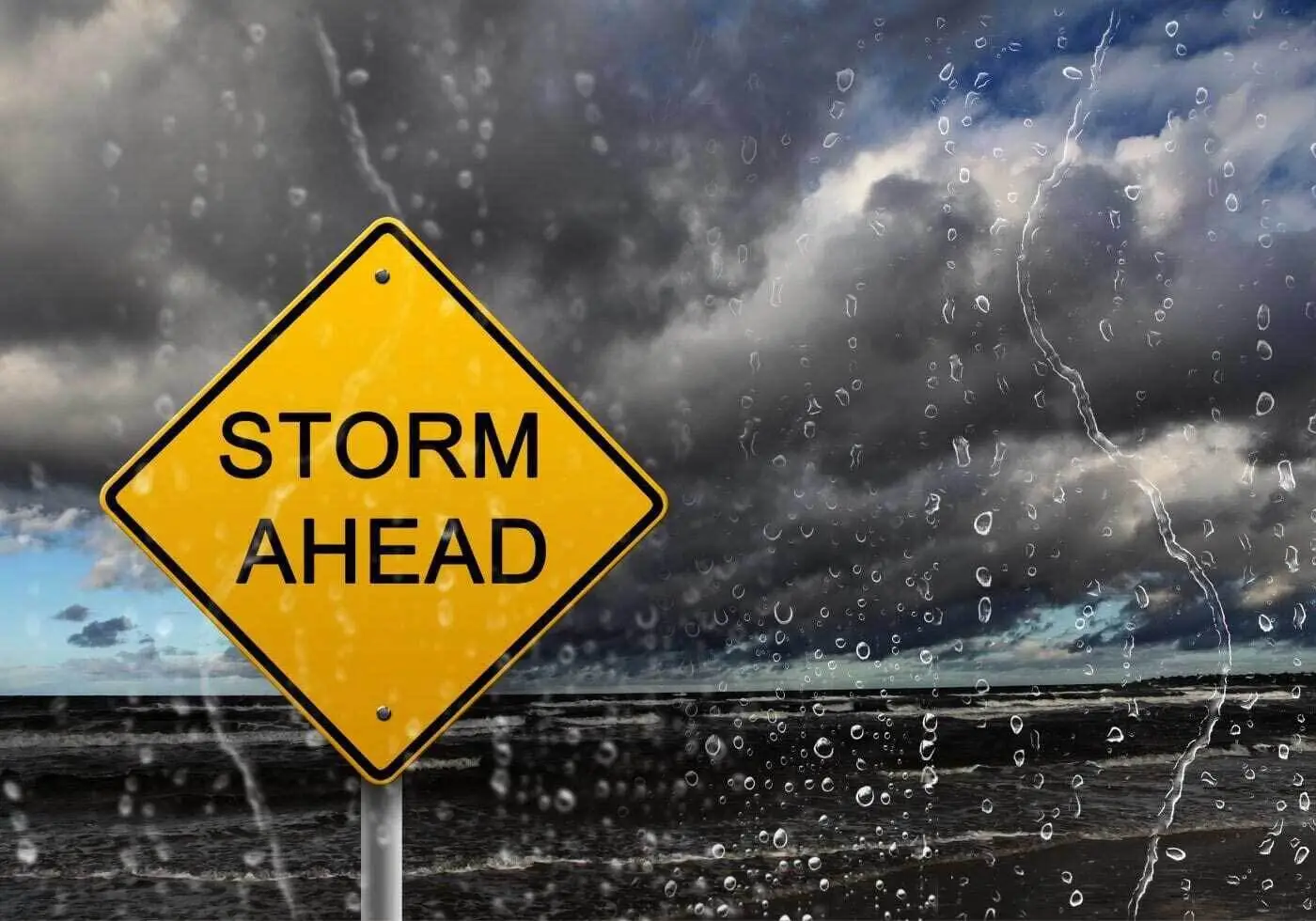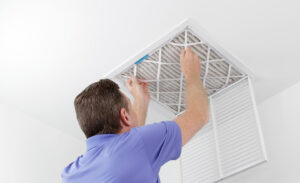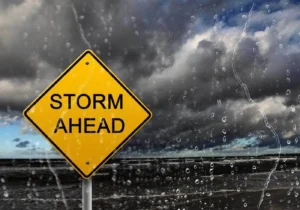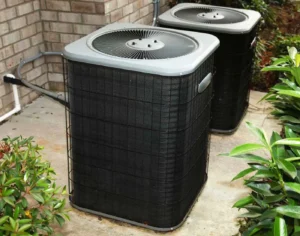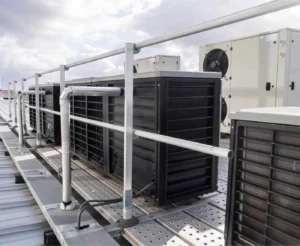Admittedly we prepare for a lot of emergencies that never happen; chances are pretty good that your spare tire has never touched the pavement. However, few people want to drive without a spare tire. When you take steps to prepare your HVAC system for a hurricane event, you are hoping none of the steps will be necessary. No one can predict whether a hurricane will affect your state, your region, or your neighborhood, but if a hurricane should affect your neighborhood, you will be glad that you prepared ahead of time.
What Should I Prepare for?
- High winds swirl around a central eye. Expect winds of between 75 and 150 mph.
- High winds damage the electrical grid, causing surges and power outages.
- Hurricanes do not produce much lightning.
- High winds damage trees and limbs.
- High winds take stationery items and make them projectiles.
- Large amounts of rainfall, since the storm will cool as it makes landfall.
- Localized flooding is a possibility.
- Rain will blow into every opening it finds
Pre-storm Preparation
Some emergency preparations must be done in advance since the time and resources will not be available as the storm is bearing down on your neighborhood.
- The outdoor AC unit, the condenser, will be the most vulnerable component of your HVAC system.
- Hurricane tie-down straps are available for your unit from the local home improvement store.
- Consider a water-proof hurricane cover for the unit. This will prevent leaves and small debris from blowing inside the condenser unit. DO NOT cover the condenser unit until the AC breaker has been switched off.
- Inspect the area to determine whether your unit is vulnerable to localized flooding.
- Check the landscape around your house. Make sure that overhanging limbs are trimmed away from the house and the AC unit. Do not leave them in a pile, but dispose of them away from the property.
- Since you are expecting heavy rains, make sure that your rain gutters are clean of leaves and debris.
- Give Airsimplicity a call early in the season. As part of our preventative maintenance visit, we can inspect your emergency preparedness measures to ensure you are ready.
As the Storm Approaches
- Several hours before the storm arrives, turn the AC on and lower the temperature by several degrees. This is in anticipation of being without air conditioning for an extended period.
- Collect lawn furniture, toys, tools, grills, and decorations, all things that might become projectiles. Store them away until the storm passes.
- When the storm arrives, switch the breaker for the HVAC system components off, including the AC and the furnace. Turn off the gas supply. Anticipate the power surging several times before your neighborhood loses power. Surges can overload vulnerable sensors and switches, requiring replacement.
- Right before the winds pick up and after you flip the breaker for the AC, cover the outdoor condenser unit and make sure it is secure.
Recovery After the Storm
After the storm has passed, take the needed time to recover the system properly. Remember that with a hurricane, you are preventing damage from wind, rain, and power surges. Be careful, since some damage might be readily visible. Do not turn the AC immediately.
- Inspect for damage. Remove the cover from the outdoor AC unit. Look for telltale signs of damage from flying debris; inspect the refrigerant lines, the gas supply lines, and exterior electrical wiring.
- When you have determined there is no obvious damage and are ready to test the AC system, follow these steps:
- Make sure the thermostat is in the off position.
- Turn the breaker for the AC system to the ON position. Wait for 20 to 30 minutes to let the system reboot.
- Turn the thermostat to the COOL setting and lower the temperature to call for cooling. Wait 3 to 5 minutes.
- If the AC does not come on, check the breaker to make sure it is still on. If not, you will need to call an electrician.
- As the AC cycles on, listen for unusual sounds and be alert for unusual smells.
- If the breaker keeps tripping, turn the system off and call Airsimplicity for repairs.

